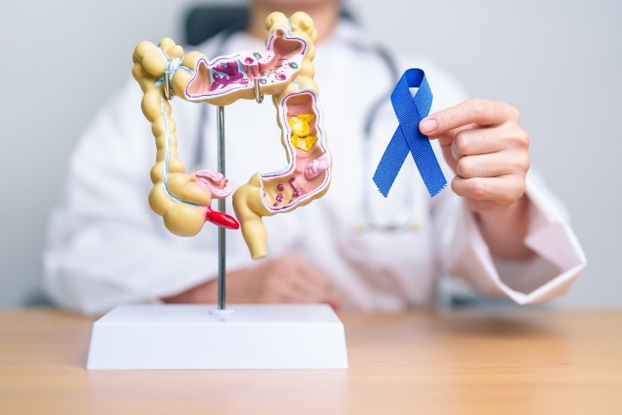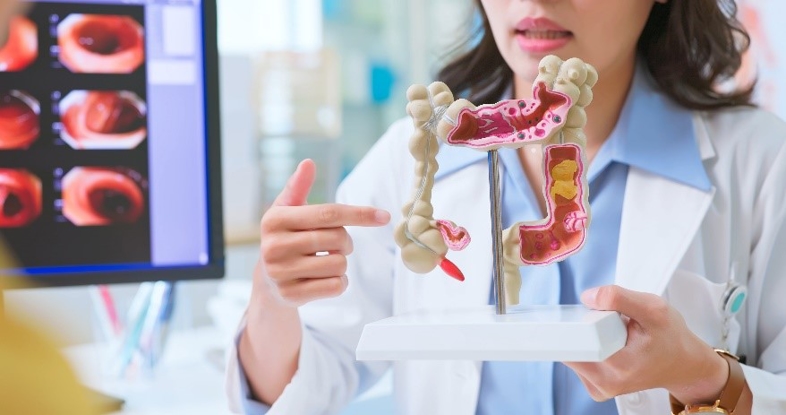
Gastroenterology in Norman
Compassionate & Caring Norman Gastroenterologists
At Norman Regional Health System, we're committed to providing our patients with exceptional and comprehensive gastroenterology care. Our experienced gastroenterologists in Norman utilize state-of-the-art techniques and therapies to diagnose and treat a wide range of digestive conditions. Whether it's managing chronic diseases or providing diagnostic services, trust that you will be in capable hands with our dedicated professionals.
Comprehensive Gastroenterology Care & Advanced Imaging Services in Norman and Moore
We focus on delivering the most accurate diagnoses and effective treatments to manage and maintain your digestive health. With personalized care and advanced imaging services in Norman, we are able to diagnose and treat the following digestive disorders and more:
- Celiac Disease: For those with celiac disease, ingesting gluten can cause significant damage to the stomach lining. Symptoms often include diarrhea and fatigue.
- Crohn’s Disease: This form of chronic inflammatory bowel disease can cause debilitating symptoms, such as abdominal pain and severe diarrhea.
- Diverticular Disease: Our team manages diverticulosis and accompanying symptoms with expertise. Treatments may vary depending on symptoms and their severity.
- Gallstones: We address painful gallstones that can cause intense upper abdominal pain.
- GERD: We offer various treatments for the management of gastroesophageal reflux disease (GERD) to alleviate discomfort from frequent acid reflux.
- IBS: Irritable Bowel Syndrome (IBS) can severely disrupt daily life. Our approach aims to minimize symptoms of stomach bloating and cramping to make daily life more comfortable and manageable.
- Peptic Ulcer Disease: Stomach pain from peptic ulcers require careful management. Discuss a personal management plan with your healthcare provider to determine the best course of action for your daily needs.
- Ulcerative Colitis: For ulcerative colitis (UC) patients, we offer treatments to manage long-lasting inflammation and heal ulcers in the digestive tract.
Consult with a Gastroenterologist in Moore Today
For specialized gastroenterology care, we are here to provide precise diagnoses and evidence-based treatment methods based on the individual needs of each patient. Diagnostic imaging performed by our Moore gastroenterologists may include:
- Colonoscopy: A colonoscopy is a procedure performed to examine the inside of the rectum and colon for any abnormalities.
- Liver Biopsy: A liver biopsy is a procedure in which a small needle is inserted into the liver to collect a tissue sample.
- Capsule Endoscopy: Capsule endoscopies are procedures that use a tiny wireless camera to take pictures of the digestive tract.
- Esophagogastroduodenoscopy (EGD): An EGD is a procedure where a long, flexible tube, called an endoscope, is used to examine the interior lining of the esophagus, stomach, and the duodenum (first portion of the small intestines).
- Endoscopic Retrograde Cholangiopancreatography (ERCP): An ERCP is a highly sophisticated technique requiring special endoscopic training where a long, thin, and flexible tube is used to enter the duodenum and view the bile ducts.
Consult with a gastroenterologist in Norman today regarding your symptoms and which diagnostic tests may be best recommended for your needs. Plan your visit online or give us a call at 405-515-2777.




.png)



